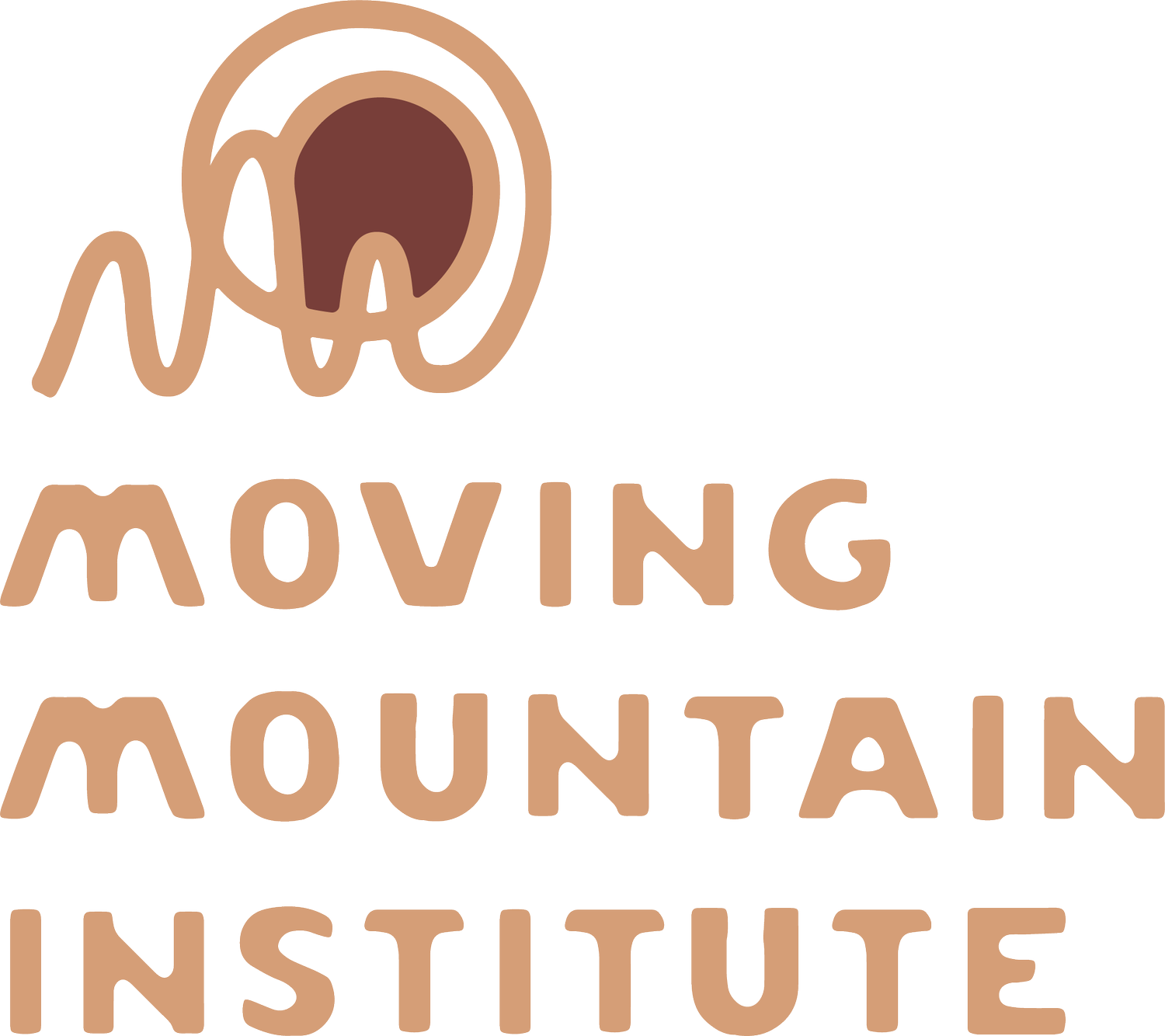What does it mean to live into the principles of our work?
/I want to highlight a piece of writing by Susan Raffo on the history of “Osteopathy” and craniosacral therapy (CST). It is an unfortunate history and needs to be addressed in all places that folks are learning and practicing this work. I am grateful to have come upon Susan Raffo’s work, both this piece and her newish book, Liberated to the Bone.
I came upon the post as I was researching the Indigenous origins of A.T. Still’s medical ideas while working on the redesign of our new craniosacral therapy program . A.T. Still is credited as being the “founder” of Osteopathy and CST falls under the umbrella of osteopathic manual therapies. Raffo both shares meaningful historical reference points on Still’s connection with the Shawnee people where he was living and contextualizes this history in the present.
Still and his family had a long and complicated history with Indigenous peoples, the Lumbee and Shawnee specifically. The long story, shortened (read Raffo’s piece over mine for sure!) is that in the mid 1800’s Still was a young man on the western edge of colonization in what is now called Kansas. They were there as missionaries and his father was a doctor and Still was also studying medicine. Mainly via accounts from friends and family, Still was heavily influenced by the Shawnee healing practices. It is said that he learned the language and spent long periods of time living in the Shawnee village near the missionary settlements.
Somehow, out of this experience, Still articulated a medical philosophy unique for white folks at that time. It is offensive the ways in which he refers to his ideas as coming from (G)od, rather than crediting the obvious learning that occurred while he was observing and possibly working alongside Shawnee healers.
This brings up the important idea that when it comes to hands-on work nothing is new and nobody living now is originating anything when it comes to working with the body. Imagine how many bodies have moved through the planet and how many hands and how much healing contact has occurred and how much more intimately interlaced with the movements and rhythms of both seen and unseen worlds our ancestors have been… and still folks think they can trademark working with the body or name techniques after themselves. There is form animated with energy and we are absolutely honored and humbled to be able to work within these realms. Or as Raffo says;
“We who live in 2020 are not smarter or wiser about the body than any of our people have been across thousands of years of time. If anything, we are probably more awkward and cut off than many of our people have been across thousands of years of time. Whatever body technologies we stumble across or dream awake during this later industrial age, it is guaranteed that those technologies have been understood and deepened during other less-distracted less-earth numbed times. Being humble about this makes us better healing folk.”
In the post, Raffo consistently refers to our work and the work of righting past wrongs as relational. There is no other path and we know this from our own personal work and our work with those who come to us for care; our wounding and our healing are both relational.
I have also begun reading Raffo’s Liberated to the Bone. I highly recommend it to you as our professions wrestle with the context/s within which we work. Raffo also cites the work of Lewis Mehl-Madrona, M.D., Ph.D.. I recently finished his book, Healing the Mind Through the Power of Story, and can absolutely recommend it.



